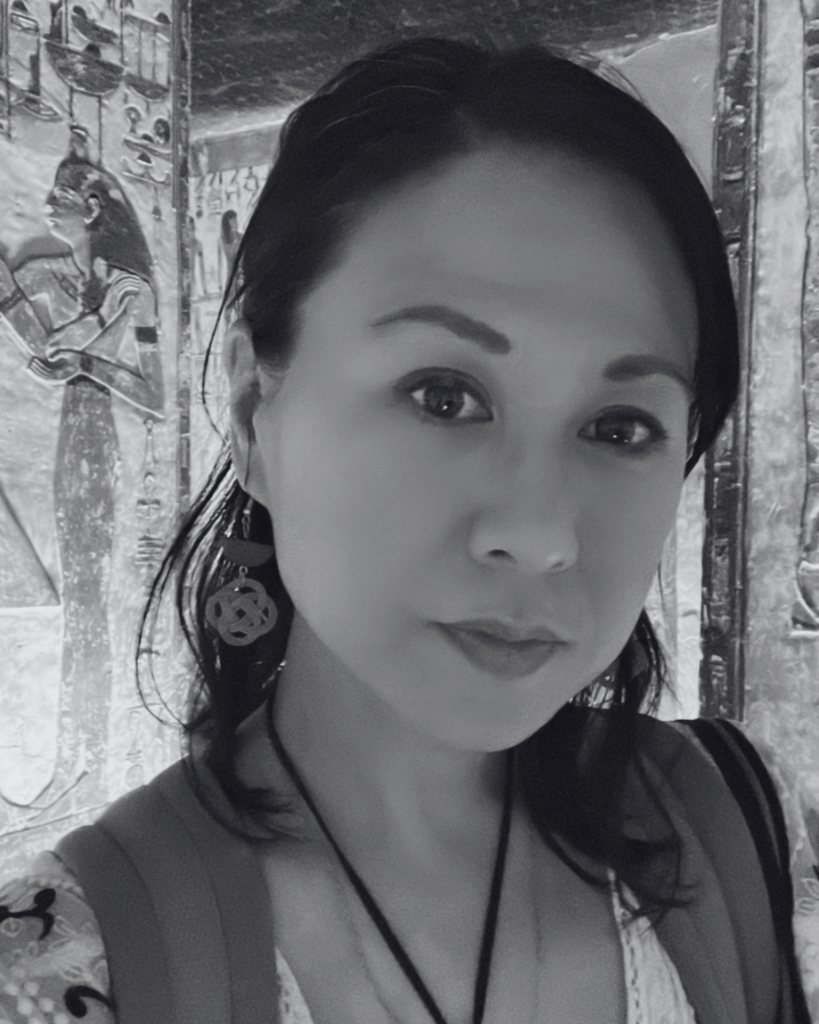Aprender
Canalización
What is Channeling?
Channeling is a practice in which a person, known as a medium or channel, claims to communicate with or convey messages from non-physical entities, spirits, or higher consciousness. This practice involves the channel entering an altered state of consciousness, allowing them to receive and transmit information from these purported sources. Channeling can take various forms, including verbal communication, automatic writing, or even physical manifestations.
The History of Channeling
The history of channeling is deeply intertwined with human spirituality and cultural evolution, spanning millennia and diverse civilizations. Its roots can be traced to ancient shamanic practices, where spiritual leaders served as intermediaries between the physical and spiritual realms. In ancient Greece, the Delphic Oracles exemplified institutionalized channeling, while various religious traditions incorporated elements of divine communication through prophets and saints. These early forms of channeling played crucial roles in community guidance, healing, and decision-making across cultures.
The 19th century marked a significant resurgence of interest in channeling with the rise of the Spiritualist movement. Sparked by events like the Fox sisters’ “rappings” in 1848, this era saw the popularization of séances and mediumship, attracting both public fascination and scientific scrutiny. Notable figures such as Sir Arthur Conan Doyle and Pierre Curie took serious interest in these phenomena, contributing to their widespread appeal. This period also saw the emergence of “trance mediums,” often women who used their platform to advocate for social justice issues.
The 20th century and beyond brought new dimensions to channeling, particularly with the advent of the New Age movement. Figures like Edgar Cayce and Jane Roberts gained prominence, introducing new forms of channeling focused on personal growth and self-discovery. The practice has since been integrated into popular culture, literature, and art, with some creators describing their work as channeled rather than created. In contemporary times, channeling has evolved to become more accessible through digital platforms, while scientific interest persists in exploring its psychological and neurological aspects. Despite its controversial nature, channeling’s enduring presence across cultures and time periods reflects humanity’s ongoing quest to understand consciousness and connect with realms beyond the physical.
Potential Benefits of Channeling
The potential benefits of channeling extend beyond basic spiritual guidance and self-discovery.
- Spiritual Growth: Channeling may provide clarity on one’s spiritual path, offer guidance on practices, and deepen connection with higher consciousness.
- Emotional and Physical Healing: Channeled information can offer comfort, new perspectives on past traumas, and even transmit healing energies.
- Enhanced Problem-Solving: Channeling can provide fresh insights and creative solutions to personal or professional challenges.
- Self-Discovery: It can uncover subconscious patterns, leading to a deeper understanding of one’s true nature and potential.
- Improved Creativity: Many artists and writers attribute increased inspiration and the ability to overcome creative blocks to channeling.
- Expanded Consciousness: Regular practice can broaden one’s perspective on reality and foster a sense of interconnectedness.
- Better Decision-Making: Channeling is thought to aid in important life decisions by tapping into higher wisdom or intuition.
Types of Channeling
Channeling can manifest in several ways:
- Trance Channeling: The medium enters a trance-like state to communicate with entities.
- Conscious Channeling: The channel remains aware while receiving and transmitting information.
- Automatic Writing: Messages are written without conscious control.
- Physical Mediumship: Claimed physical manifestations occur during the channeling process.
What to Expect in a Channeling Session
A channeling session typically unfolds as a structured yet fluid experience, designed to facilitate communication with non-physical entities or higher consciousness. The process usually begins with a preparation phase, where the channel enters an altered state of consciousness through meditation, breathwork, or other techniques. Once the channel feels connected, they begin conveying messages from the purported entity, which may involve speaking in a different voice, automatic writing, or other forms of expression. During this communication phase, participants often have the opportunity to interact, asking questions or seeking guidance on personal matters. The session concludes with a closure phase, where the channel gradually returns to their normal state of awareness. The duration and specific practices can vary widely depending on the channel and the type of entity being contacted.
How to Get Started with Channeling
If you’re interested in exploring channeling:
- Research different channeling methods and Guides.
- Attend workshops or classes on developing intuitive abilities.
- Practice meditation to enhance your receptivity.
- Approach the practice with an open but discerning mind.
Orientación elevada
Para obtener orientación personalizada y encontrar un Guía que pueda apoyarle en su viaje de curación, visite nuestro Directorio de guías.


